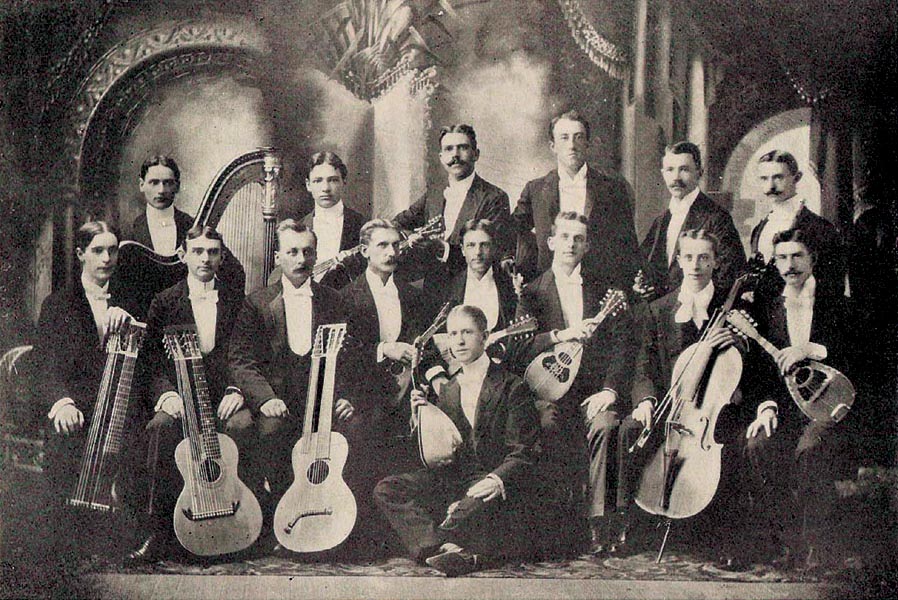 |
| Groeschel Mandolins |
There is some argument as to who was the first manufacturer to introduce the electric guitar. Everyone agrees that Electro/Rickenbacker was the first to come up with The Frying Pan, electric lap steel guitar in 1931.
Gibson claims to have introduced the first "Spanish" electric guitar, the ES-150 in 1936.
Ironically this was the same year that .Kay offered their first electric guitar. And though it is difficult to say who was first, but that does not take away from the fact that Kay is considered a pioneer in the field of the electric guitar.
In fact Stromberg-Voisinet was a part of what became Stromberg-Electro, and produced the first commercial electric guitar, the Stromberg Electro back in 1928.
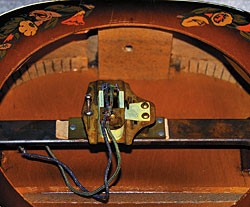 |
| Pickup unit inside resonator |
With the help of an investor, Kuhrmeyer secured and purchased the Stromberg-Voisinet company in 1928 the same year the company became interested in electrifying the guitar. The Kay Musical Instrument Company (using Mr. Kuhrmeyer’s middle name) was officially established in 1931.
 |
| Kay Kraft |
| From 1937 Speigle Catalog - Kay using the Old Kraftsmen logo |
Kay produced many of its instruments for resell by retail stores and catalog companies to sell as house brands This means Kay instruments can be found under a variety of names.
 |
| 1940's Truetone |
 |
| 1965 Penncrest |
 |
| Kay Barney Kessel Pro |
 |
| Kay 503A amplifier (Valco) |
 |
| 1964 Catalog "Elk Grove" |
By 1964 the company moved from Chicago to new quarters in Elk Grove Illinois and continued the tradition of selling Kay guitars and musical instrument as well as house-brand instruments, but the demand for electric guitars was very heavy at this time in history.
Just a year later, in 1965. Katz sold Kay to the Jukebox manufacturer Seeburg Corporation with Katz becoming head of Seeburg's musical instrument division. Two years later Kay was resold and merged with Valco. However by now the guitar boom was fizzling out. The company was dissolved by 1968 and the assets of both Kay and Valco were auctioned off in 1969.
The upright bass and cello lines were sold to a company formed by a ranking Valco employee and was called.Engelhardt-Link. The Kay name (and some of its trademarks, such as Knox were acquired by Teisco importer, Weiss Musical Instruments aka W.M.I. which was owned by Sol Weindling and Barry Hornstein. These men put the Kay logo on imported Japanese guitars that were manufactured by Teisco.
In 1980, A.R. Enterprises (Tony Blair) purchased the Kay trademark. As of this date, Blair is still listed as CEO of Kay Guitars and also of Kustom Musical Instruments which was formerly owned by Hanser Music.
 |
| 1956 Jimmy Reed Thin Twin |
 |
| 1956 Barney Kessel |
I
 |
| 1954 K-162 |
By 1960 the Barney Kessel models were renamed
 |
| Kay Gold Pro |
This same year Kay introduced their Thin Line electric models which became a staple with student guitarists, as did the Kay Pro which had more of a Les Paul vibe.
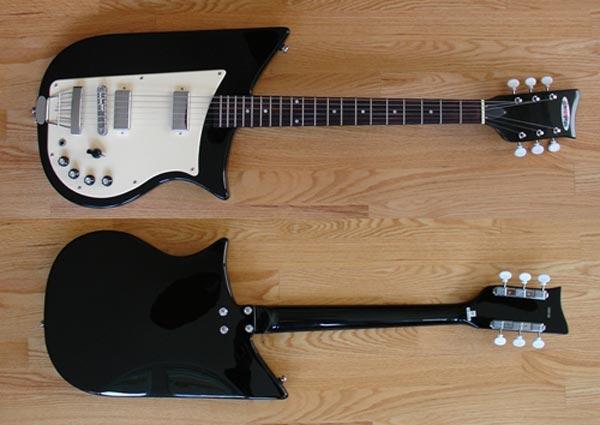 |
| Solo King |
| 1961 Jazz Guitar |
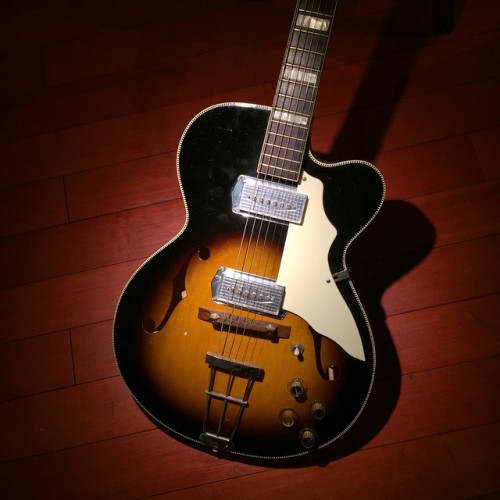 |
| Swingmaster |
 |
| Vanguard |
 |
| Jazz Special Bass |
Kay offered three models of electric bass this year. All came with one pickup. The Jazz Special came with double cutaways and was offered in black or blond and had a large pickguard.
 |
| 1959 Pro Model |
The Pro Model was Kay's traditional bass. It had a small plastic cover surrounding its single pickup and was only available in brown sunburst.
The Value Leader Bass was a short scale model offered for $79.95 USD retail and could be ordered as a traditional 4 string bass or a 6 string bass.
Two new Kay models were available in 1962. One was the Kay Double Cutaway Solid Guitar, K300. It featured two pickups on a curly maple body and what Kay called its Thin Lite neck. The Kay Double Cutaway model K592 was perhaps the precursor to Gibson's Johnny A model. This excellent guitar featured twin Florentine cutaways and a Bigsby vibrato.
 |
| Model 504 |
Their top-of-the-line Transistorized Galaxy Two 35 watt model came with four removable legs that looked like they were right off of your Granny's console TV.
The difference in Kay guitars was quite obvious by 1966. This was the W.M.I. era and the guitars were made by Teisco. The prices had dropped during this period. Most of the guitars offered bore 6-on-a-side headstocks with a Kay emblem glued on them. The pickups changed on most of the models. They were still single coil pickups, but much different than those that adorned Kay guitars and basses in prior years.
 |
| 1979 Kay "Famous Copies" |
The 1980's offerings included more copies of Fender and Gibson guitars including Stratocasters, Jazz Basses, Gibson Les Pauls, Flying V's and Explorers.
1987 was the final year for Kay guitars. The quality of the instruments appear to have improved, but sadly they are all once again copies of Gibson or Fender models. Ironically, the instruments came with an 18 month guarantee, but the company was dissolved the following year.
During the best years for Kay, the company was overshadowed by other USA brands, such as Gibson, Fender, Guild, Gretsch and Martin, who were building superior products. However some of the Kay models, both electric and the acoustic archtops were excellent guitars and are now commanding high prices in the vintage market. They were just under appreciated back in the day.
In recent years the brand Kay has emerged and is being applied to some student grade instruments made in the Far East and Pacific Rim countries. In checking Linkedin, Tony Blair is still the man in charge of Kay.
 |
| Roger Fritz Kay Thin Twin |
These names are also applied to the Kay Jazz Electric Bass and the Kay Pro Electric Bass.
Roger Fritz was hired by Tony Blair in 2010 to develop the Vintage Reissue line of Kay guitars and bass.

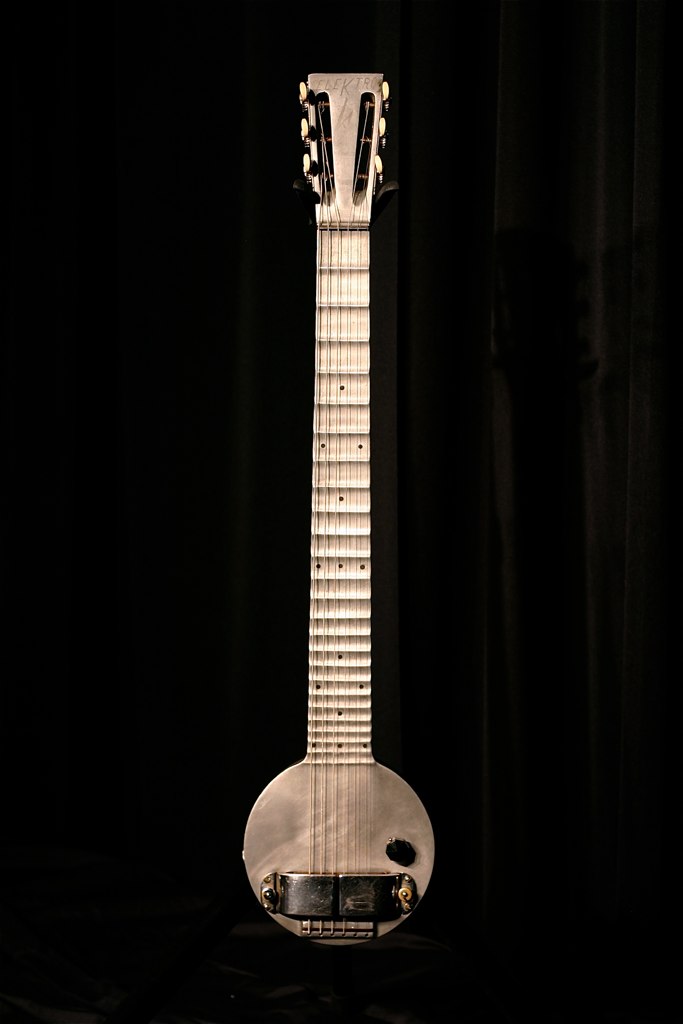
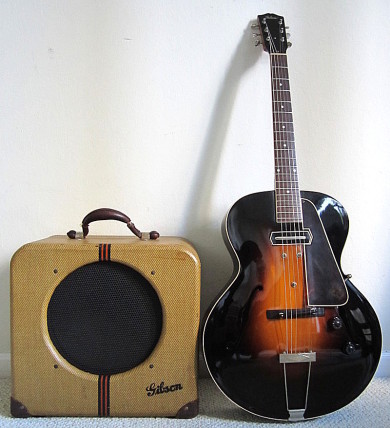
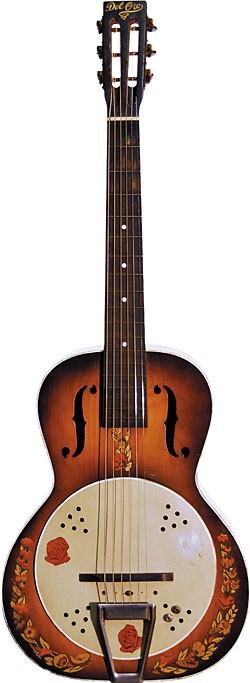

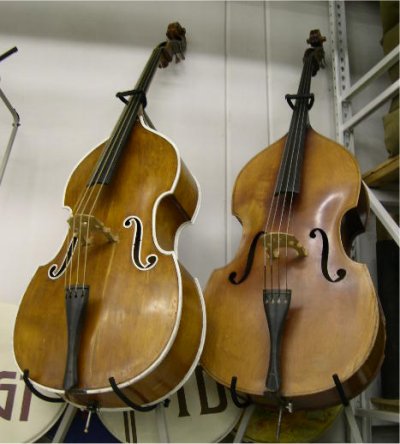




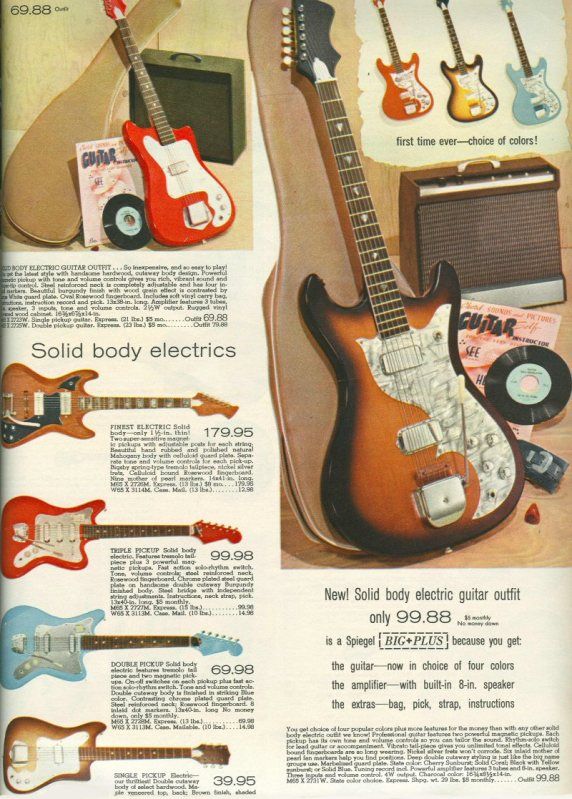
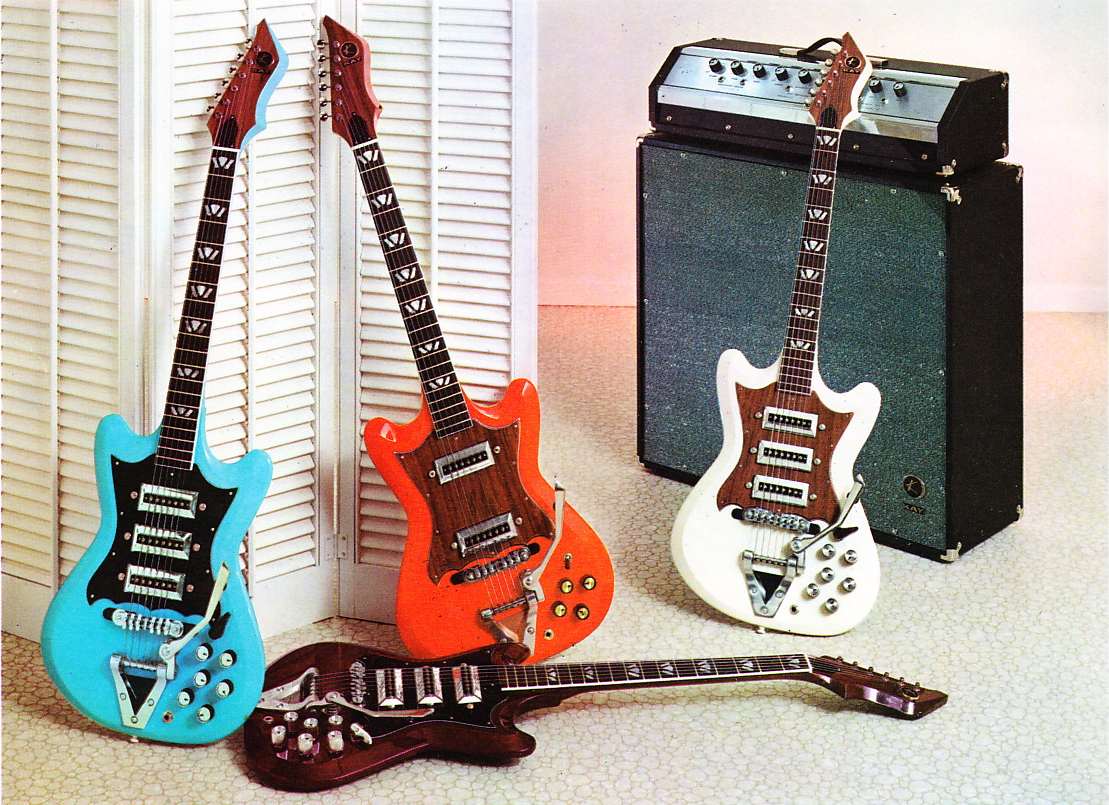
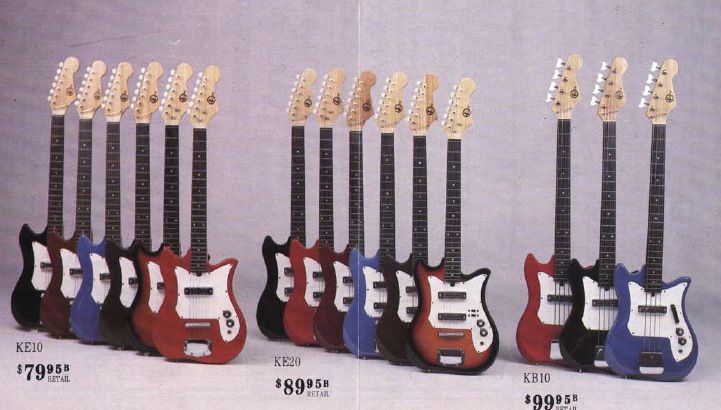


Tidak ada komentar:
Posting Komentar